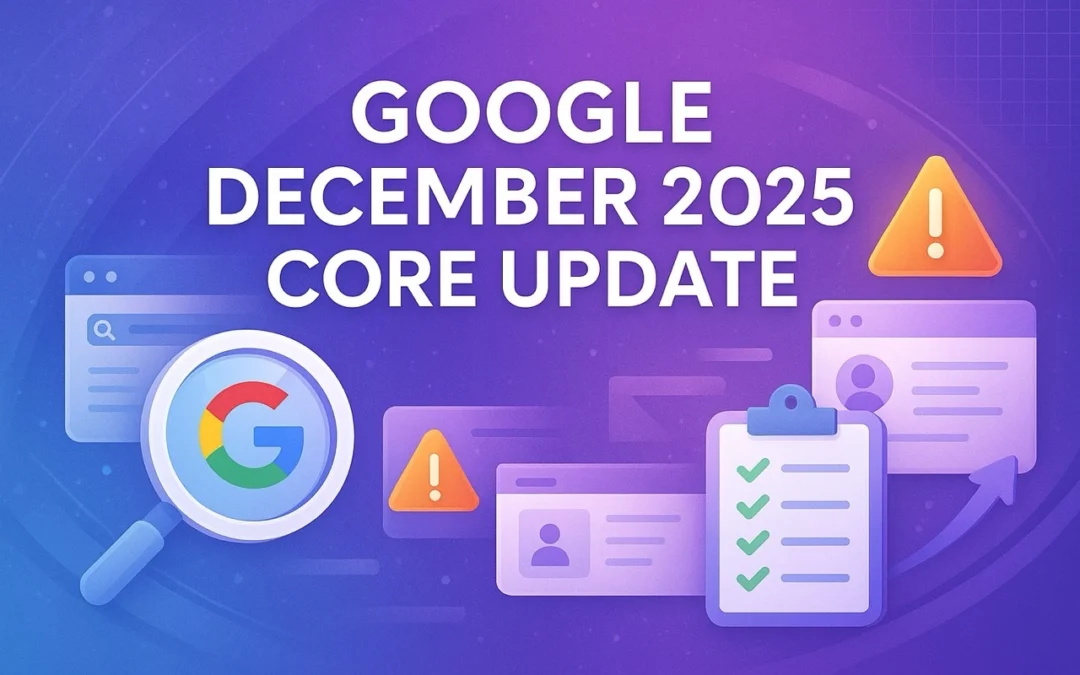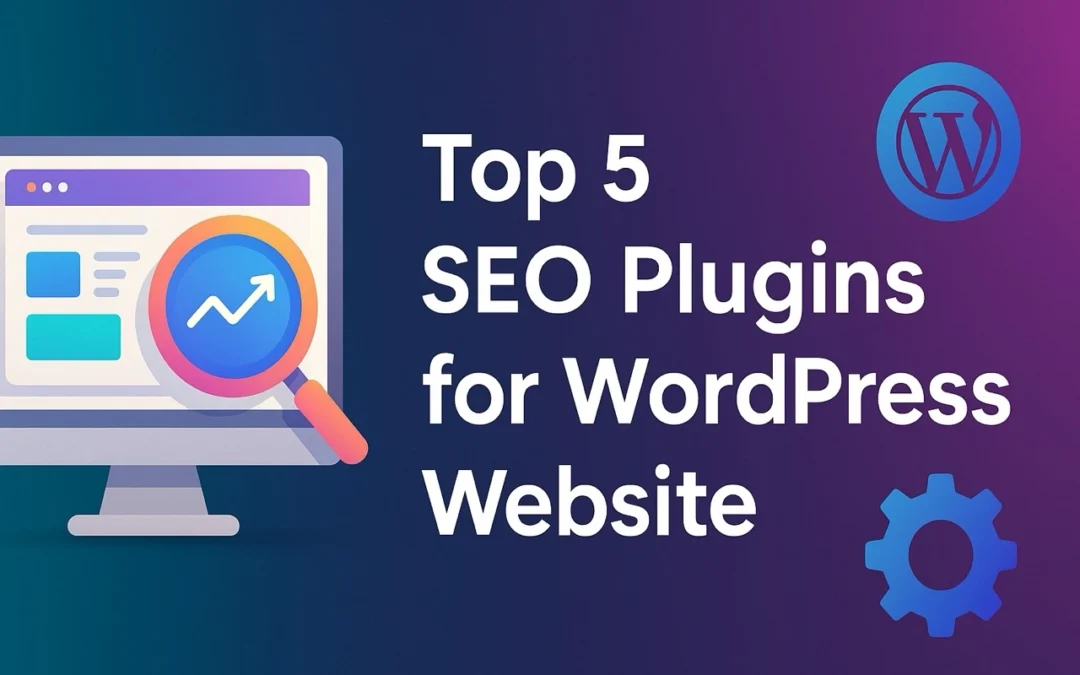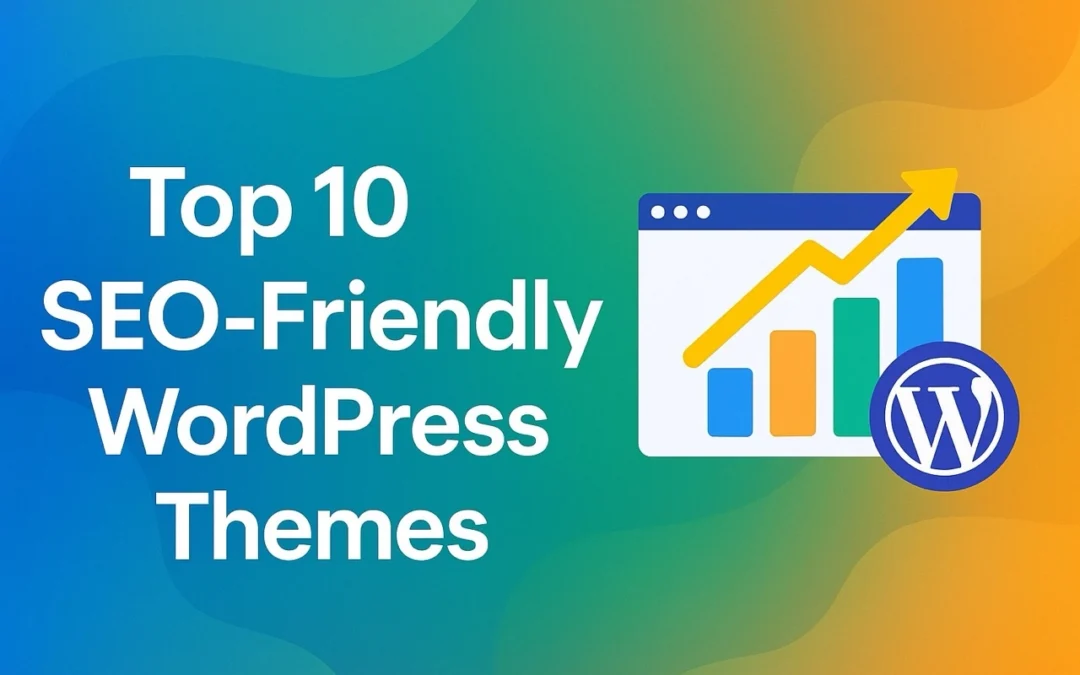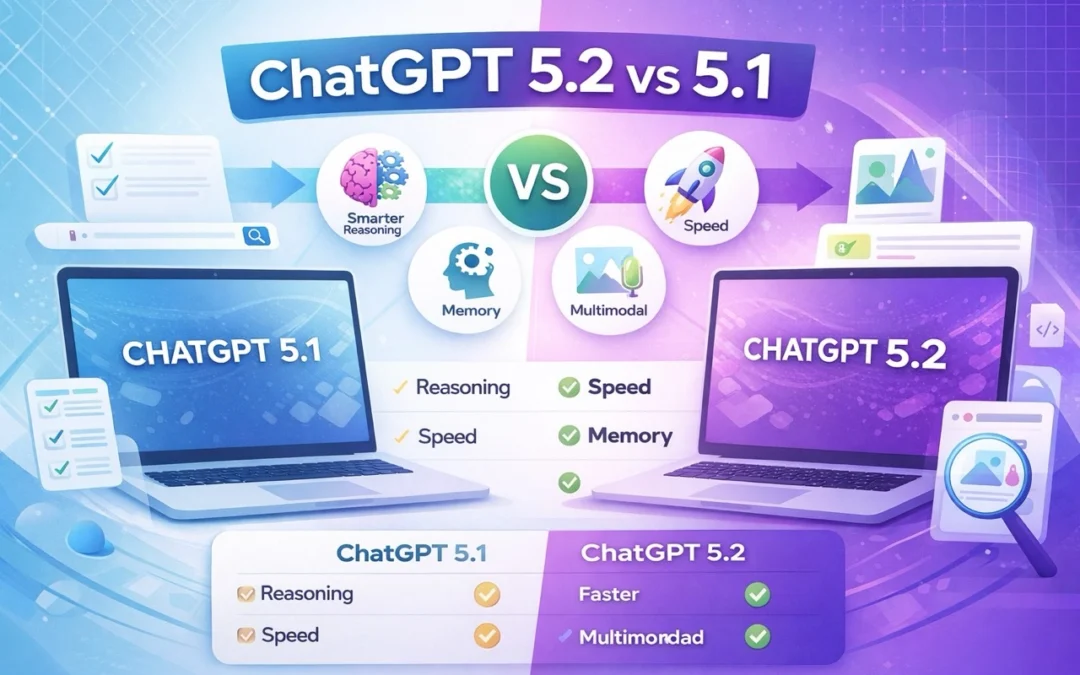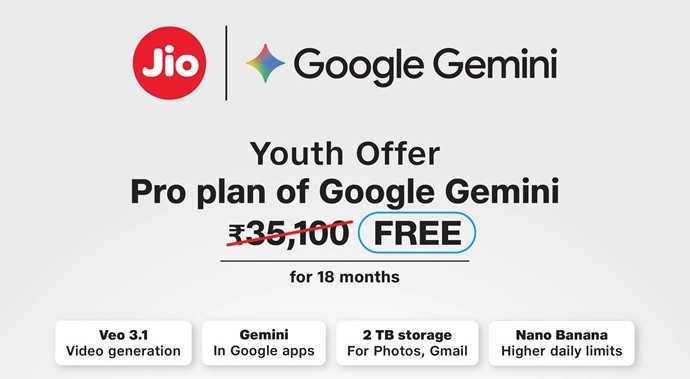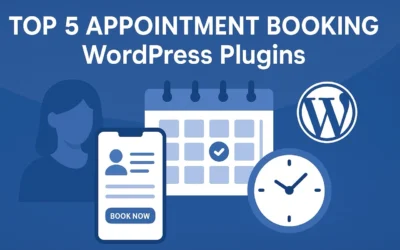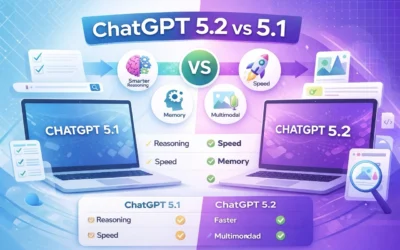Table of Contents
Think back to the first time you used Google. You typed a few words. Hit Enter. Got a list of links. Simple.
Now, fast forward to 2025. You open Google, ask a question out loud, and instead of pages of links, you get a conversation. The search engine asks you back, “Do you mean flights or complete trip plans?” You reply, and Google refines the answer in real time.
That’s Search Live – Google’s biggest leap in search experience since BERT.
What exactly is Search Live, and why is it prompting SEO experts to reconsider their understanding of rankings? Let’s explore what this new system means for your campaigns – and how to optimise for it.
Primary Keywords: google search live seo, what is google search live, conversational search engine optimization
What is Google Search Live?
Imagine Google Search not as a results page, but as a real-time conversation. That’s what Search Live brings to the table.
Search Live is Google’s new AI-powered, conversational, and interactive search experience. Instead of showing static lists of links, it allows users to talk to Google – text, type, or speak – and get evolving answers that adapt to each follow-up.
Under the hood, it blends artificial intelligence, voice recognition, natural language understanding, and contextual reasoning. Together, they help Google understand not just what users ask, but also what they mean – and what they might ask next.
For instance, imagine you’re planning a European trip. You say:
“Find the best places to visit in Italy.”
Google shows a few destinations. Then you follow up with,
“What about ones near the coast?”
Now, Search Live doesn’t restart the search. It understands the context, keeps your intent in mind, and adjusts its response. That’s not keyword search – that’s conversation.
This shift marks a clear milestone in Google’s evolution toward contextual, AI-driven search. The early rollouts have already shown new layouts – dynamic results, layered snippets, and live answer cards. And marketers are quickly realizing that this isn’t just another update. It’s a new language of search.
Why Search Live is a Game-Changer for SEO
For years, SEO has been about keywords and intent. But Search Live introduces something deeper: multi-step intent resolution.
Instead of matching a single query to a single page, Google now follows how users think – in sequences. Search becomes a dialogue, not a transaction.
This means:
- Longer dwell times as users interact with results directly within Google.
- Dynamic query refinement, where results evolve with every follow-up.
- Interactive experiences, like expandable modules and adaptive content blocks.
In traditional search, a user might click five pages to find what they need. In Search Live, they might never leave Google-unless your content is part of that evolving conversation.
So, your SEO strategy must now move beyond “ranking once.” You need to stay relevant throughout the user’s entire query journey.
In simple terms:
- Yesterday’s SEO asked, “How can I rank for this keyword?”
- Today’s SEO asks, “How can my content stay part of this conversation?”
This shift will impact everything – content writing, link building, technical optimization, and even analytics.
Keywords: conversational search engine optimization, AI search trends 2025, interactive search experiences, future of seo after search live
Key Search Live Ranking Factors Emerging in 2025
Search Live doesn’t just look at keywords anymore. It evaluates how content responds to user intent over time. Here are the signals that matter most:
Contextual Understanding
Search Live focuses on how well your content fits into a sequence of questions. Google wants to know: can your page logically answer a follow-up?
Pages that connect contextually across multiple intents are ranking higher.
Content Adaptability
Static articles are fading out. Modular, flexible content – think FAQs, step-by-step guides, and expandable answers – gets priority.
If your content can guide a user from “what” to “how” to “why,” it’s ready for Search Live.
Entity-Based SEO
Google now leans heavily on entities – people, places, organizations, concepts. Rather than scanning for keywords, it identifies relationships between topics.
Example: if your article mentions “digital marketing,” “SEO,” and “Google Search Live,” it understands that you’re talking about the ecosystem of online search – not random phrases.
Voice and Natural Language Readiness
Since Search Live overlaps with voice search, your content must sound natural when read aloud. Long, robotic sentences are out. Conversational phrasing is in.
Structured Data and Schema
Google rewards content that’s machine-readable. Schema markup like FAQ, How-To, and Speakable makes your content eligible for interactive results and voice responses.
Keywords: search live ranking factors, semantic search best practices, contextual search optimisation, natural language in seo
How to Optimise Content for Search Live
Rethink Keyword Strategy for Conversational SEO
The keyword game has changed. Instead of chasing phrases, focus on topics, entities, and intent paths.
Think of your content as a map of user curiosity. A person might start with “best running shoes,” then ask, “Which are waterproof?” and then “What’s good for flat feet?”
Your job? Be present at every stage of that path.
You can do this by:
- Including follow-up questions in your articles.
- Using natural language phrases.
- Writing in human cadence, not robotic keyword stuffing.
It’s not about fitting “Search Live SEO” five times. It’s about writing something that feels like it came from a real conversation.
Structure Content for Multi-Step Search
Search Live rewards content that evolves with the query. That’s why modular content is essential.
Use subheadings that act like stepping stones:
- What is it?
- How does it work?
- Why does it matter?
- What should you do next?
Break long guides into small, digestible blocks. Add FAQs or sidebars that answer natural follow-up questions.
This makes it easy for Google’s AI to extract, recombine, and present your content dynamically during live interactions.
Embrace Voice and Natural Language
When people talk to Google, they don’t use perfect grammar. They speak like humans.
Your content should reflect that. Use contractions (“you’ll,” “it’s”), rhetorical questions, and short sentences.
For instance:
Instead of writing “Users can optimize their websites by following structured schema markup principles,” try “Want to help Google understand your page better? Add schema markup.”
Simple. Conversational. And voice-ready.
Also, consider how your answers sound when spoken aloud. If it feels awkward, rewrite it.
Enhance Context with Schema Markup
Structured data isn’t just for rich snippets anymore. It’s the backbone of conversational visibility.
Add:
- FAQ Schema – helps your Q&As show directly in live answers.
- How-To Schema – makes your steps appear as interactive guides.
- Speakable Schema – improves performance in voice-based searches.
The more clearly you define your content, the easier it is for Search Live to pick and present it at the right moment.
Keywords: optimize content for search live, voice search optimization tips, conversational search engine optimization, natural language in seo
Search Live Campaign Ideas for Marketers
Search Live opens the door to new campaign styles that blend conversation and content. Here are a few that stand out:
1. Conversational Blog Series
Instead of one big post, create a series of interconnected blogs that mimic a real conversation.
Example:
- “What is Search Live?”
- “How Does It Affect Ranking?”
- “Can You Optimize for It?”
Each post answers the next question your reader might ask. Google loves this continuity.
2. Voice Search Landing Pages
Design landing pages that respond to voice-like queries. Use natural phrasing such as “How can I…” or “Where can I find…” in your headings.
Make your answers short and direct – like how a person would talk.
3. Interactive SEO Hubs
Turn your content clusters into interactive hubs where users can explore different pathways. For example, a “Guide to Search Live” hub that lets readers click into sections like “Optimization,” “Ranking Factors,” or “Campaign Ideas.”
4. Entity-Based Content Maps
Think beyond blog categories. Map your entire content strategy around entities – people, tools, and ideas that connect logically.
For instance, if your brand covers AI SEO, your map could include “Search Live,” “Bard,” “Gemini,” “voice optimization,” and “semantic web.” Together, they form your topical authority network.
Tools and Techniques to Adapt Your SEO in 2025
Search Live demands a different toolkit. Here’s what marketers are adopting:
AI Writing Assistants
Modern AI tools can now generate question flows, not just keywords. They simulate how real users might continue a query, helping you structure conversational content more effectively.
Multi-Intent SEO Platforms
Platforms like Clearscope or MarketMuse are evolving toward journey mapping – analyzing how queries evolve in a conversation. These tools show you which follow-up intents to target.
Voice Query Analyzers
Voice analytics tools reveal how people actually speak their searches. Knowing these variations can help you adjust tone, structure, and phrasing.
Real-Time Rank Trackers
Traditional rankings don’t capture live behavior. Newer tools measure how often your content appears in Search Live interactions or AI answers, not just SERPs.
The Future of SEO After Search Live
Search is no longer static – it’s personal, dynamic, and continuous.
As Search Live grows, three trends will define the future:
- Personalized Search Journeys: Google will adapt results based on each user’s tone, behaviour, and history. Two people asking the same thing could see completely different responses.
- Multi-Modal Results Text, voice, video, and even visuals will blend into one interactive interface. SEO will go beyond “pages” – it’ll be about experiences.
- Real-Time AI Refinement Google’s algorithms will adjust responses instantly as users engage. That means your content needs to be flexible, interconnected, and semantically deep.
Soon, static keyword optimization will fade out. What will remain are brands that speak the language of context – human, natural, and adaptive.
If you want to stay ahead, start preparing now. Build content that feels like a dialogue, not a dictionary.
Conclusion
Search Live is not just another Google update. It’s a fundamental shift from keywords to conversations.
It rewards brands that:
- Understand user intent beyond a single search.
- Write content that flows naturally like human dialogue.
- Use schema and entities to enhance context.
- Embrace AI tools to refine how content responds in real time.
In short: SEO in 2025 is about language, not just keywords.
Start adapting now. Build content that speaks with your audience, not at them. Because in the age of Search Live, relevance isn’t about being found once – it’s about being part of the conversation all along.

